Identifying and meeting customer needs is the best way your brand boosts its game.
You know how it feels when you have a great idea for a product. Maybe you’ve spent some time developing the idea, refining it and you’re really sure it’s going to work.
After all, you would buy it, so why wouldn’t your customers?
But as you know, some of the best ideas end up being the biggest flops.
We all know the big brands that worked on a major product launch strategy, but never seemed to hold the attention of their audience. This tends to happen when the company isn’t focused on customer needs.
Just think of the Ford Edsel: at a time when Americans were looking to buy smaller, more efficient cars, Ford released a gas guzzler that lost them $350 million in the three years it was being produced.
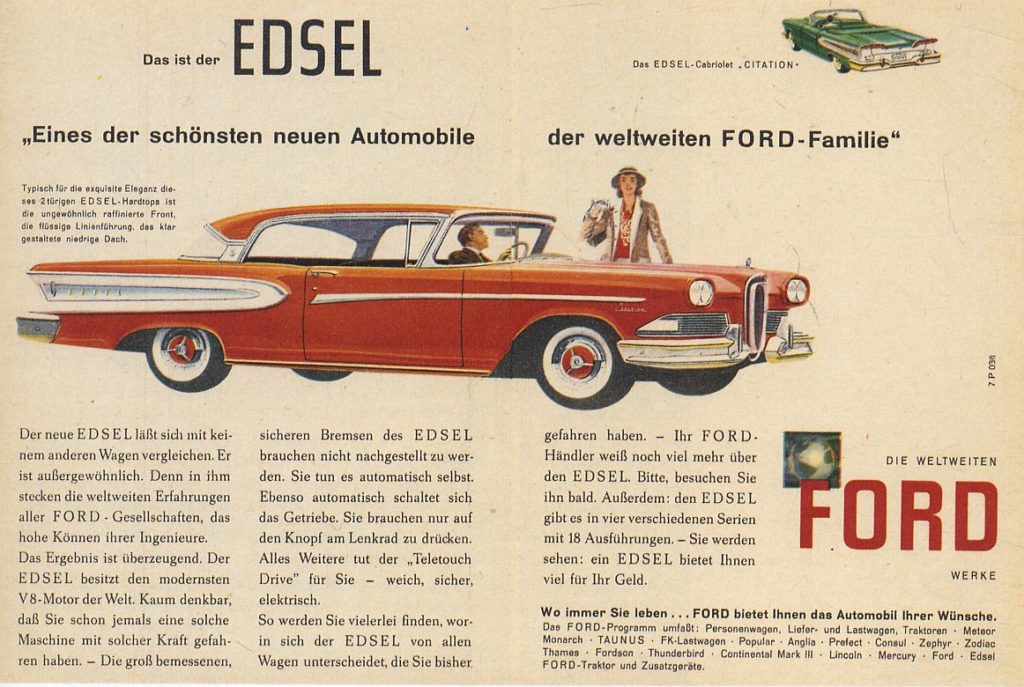
Hopefully, you’ll never have such a costly flop. But what can you do to make sure your products are meeting the needs of your customers?
First, you need to be aware of the most common customer needs. Then, you’ll need to figure out how to identify which particular needs your customers have right now.
Are you ready to match your brand to the needs of your customers?
8 Common Customer Needs You Should Always Know
While not a complete list, these eight points are some of the most common needs. As we discuss them, we’ll see how different brands have risen to the challenge of meeting their customers’ needs.
1. Price
Customers are more concerned than ever about price. Are they getting the best deal? Is this comparable to a competitor? Are you paying for convenience or are you getting the highest product quality available?
In fact, 60% of customers consider price before anything else, and 81% say that it’s essential to compare prices between different sellers.
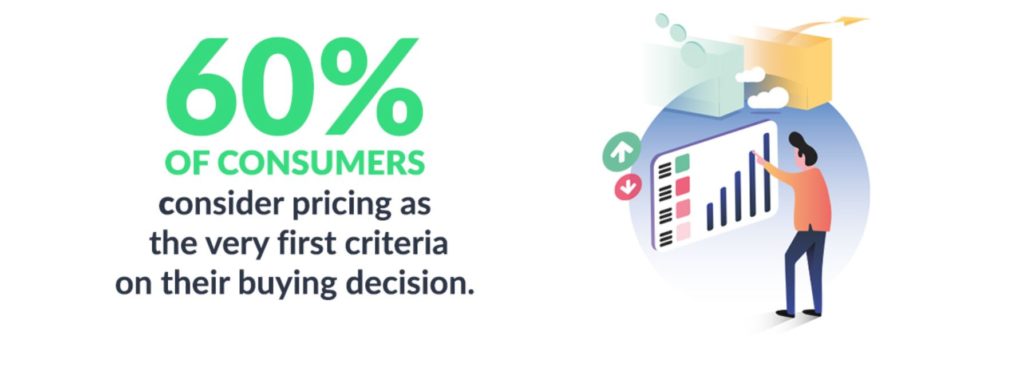
Especially if you’re competing against companies with similar products, price could be a big factor in a customer’s purchase decision.
Does this mean you must immediately slash your prices? Not necessarily.
However, offering the right kind of discount to customers who are cost-conscious could help you win more business. Think about where you offer price advantages for customers. For example, you could offer a discount on a product bundle or for orders over a certain amount of money.
Check out how Beardbrand does this with their beard product kits:
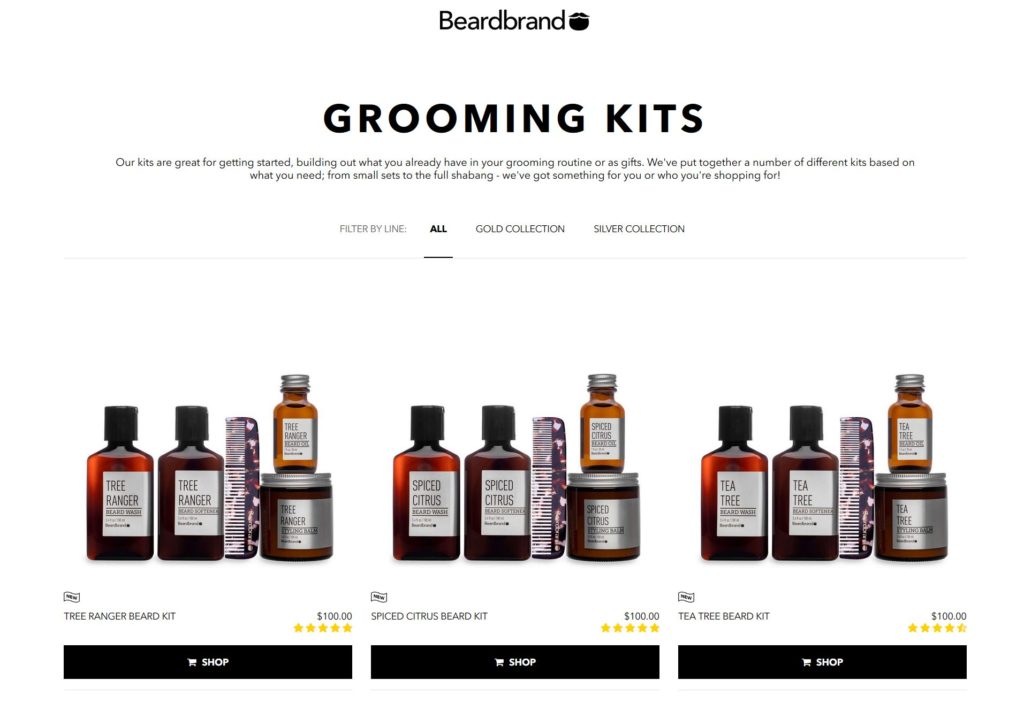
Ultimately, buying the whole kit means the customer is saving money since buying the products individually would cost them more. However, the total cart value ends up being more, which means better revenue for the company.
2. Reliability & Sustainability
People need to trust that the product they’re getting will last. They need to rely on its ability to function properly for a reasonable amount of time.
Another aspect that is essential for many customers nowadays is sustainability. Big companies are rolling out new products that promise a much smaller impact on the environment, nailing the needs of their customers (and the planet).
Check out how Hyundai does this with the brand new (and beautiful) Ioniq:
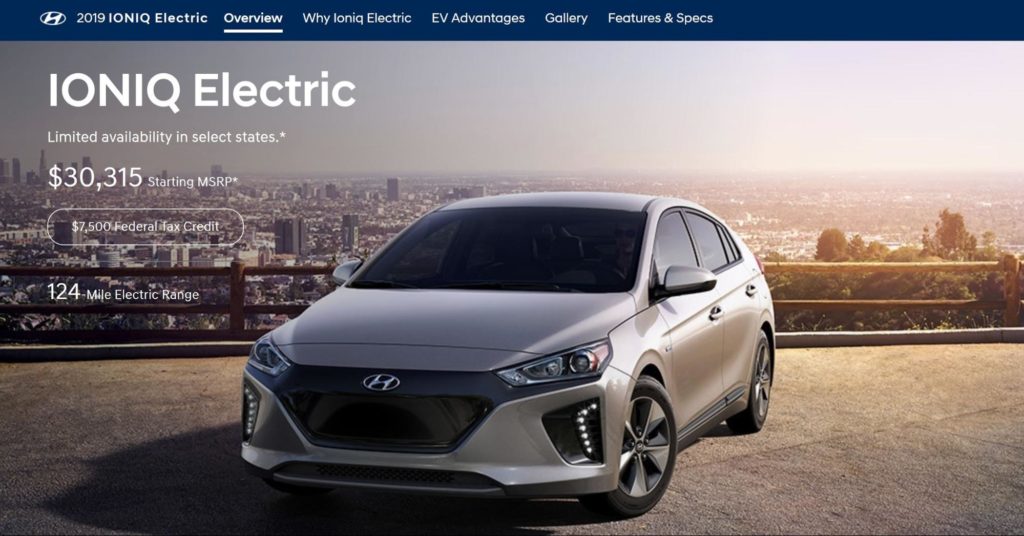
This completely electric car is one of the best of its kind and it comes from a car company focused on its customer needs with an ability to adapt.
3. Risk Reduction
Even if your products are super reliable, people still want to know they’re not at risk of losing their money or time.
That’s why your product return policy and guarantees are so important. This is an essential factor that you’ll need to cover if you want to meet your customers’ needs.
To calm the fears of your customers and show them that they’re not at risk, try doing what sunglass company Sunski did with their guarantee page:
4. Usability & Convenience
For your products to meet people’s needs, they must be useful and convenient.
It’s up to you to find out exactly what your customers use your products for and why they like them (we’ll talk more about how to do that below). Once you understand the different uses that customers have for your products, you’ll need to adapt to better fit their needs.
This is what Microsoft has done with the recently released Microsoft 365 Freelance Toolkit.
While the 365 package has been used by remote workers for years, this toolkit is especially made for large companies that have a mostly freelance workforce. By producing this toolkit alongside freelance marketplace Upwork, Microsoft adapted to the needs of their users.
5. Transparency
People need to know exactly what they’re paying up front and without hidden fees. That’s why companies need to be transparent about what customers are actually going to pay at the checkout.
Transparency can also apply to the ingredients in foods, the supply chain of a retailer or the true size and fit of a product. If you feel like you need to hide information from your customers, this is a big red flag.
Basic Economy? How about some Basic Compassion? No fees to change your flight, check your bags, or have fun on your flight.
*Weight and size restrictions apply. #Transfarency pic.twitter.com/ON0ZqCE8HW
— Southwest Airlines (@SouthwestAir) November 1, 2018
Business secrets are hard to keep: sooner or later, they’ll come back to bite you. And in an industry known for its hidden fees and exorbitant costs, Southwest took a stand for transparency in their #Transfarency campaign.
This campaign focused on eliminating fees for checked luggage and changes, which are typically charges that other airlines like to hide until the last second.
This kind of transparency started a trend that continues to generate conversation online and create more brand loyal customers.
https://twitter.com/hornerzach/status/971497179985661952
Another brands and retailers promote transparency is through the voice of the customer. By enabling customer feedback through ratings and reviews, question and answers and visual content, businesses leave less room for consumers to second guess buying decisions.
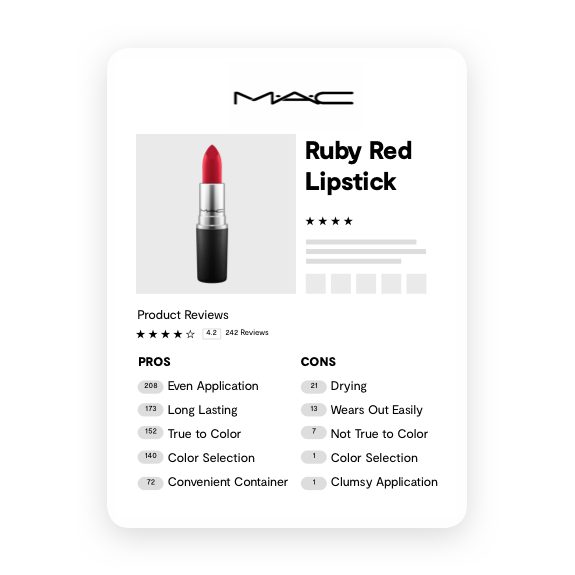
This is why some of the largest brands and retailers trust PowerReviews to not only unify customer feedback, but also connect shoppers to one another to tell better and more authentic stories. Having more product details shows true transparency into your catalog and helps push the needle on acquisition.
Want to see how PowerReviews could help you collect and display more authentic content? Request a demo with our helpful team today!
6. Control
Another common customer need is having some control over the product.
This could mean a number of different things. For example, subscription-based brands can offer control over the terms or the length of the subscription. Ecommerce brands can offer different options for shipping, especially during busy holiday seasons.
Also, control could mean customization of the product itself. Check out how bag brand Timbuk2 does this with their fully customizable bags.
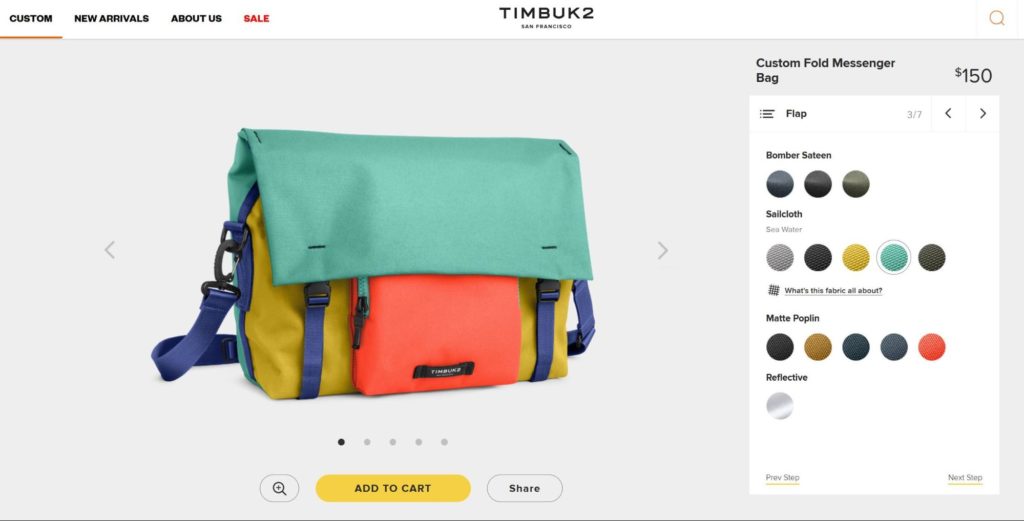
Letting the customer take the wheel on creation is just another way you could meet their needs.
7. Empathy & Friendliness
When it comes to customer service, people need to feel that a brand understands and cares about them. In fact, 51% of people who are faced with a bad customer service experience say they’ll never do business with that company again.
On the other hand, customers in the U.S. are willing to pay 17% more for a company that offers excellent customer service.
The takeaway? You need fantastic customer service if you want to meet your customer’s needs.
Starbucks is a brand that’s known for its great customer service on social channels. They reply to hundreds (if not thousands) of Tweets per day, giving customers the help they need (or just celebrating their love of coffee).
These will be restocked by early next week in our stores in the US & Canada!
— Starbucks (@Starbucks) May 1, 2019
Thank you Starbucks god
— Sara 💙 (@sara_smith00) May 2, 2019
8. Information
Another important customer need has to do with information. Whether you sell physical products like clothes, food and makeup, or if you sell digital products like books or software, people may be unsure of what suits their particular needs.
In this case, they need guidance. They need the right information to make an informed purchase and end up happy.
How can you provide this information?
First, make sure you’re available to answer people’s questions. This connects nicely with our last point, and involves running a smooth and friendly customer service operation. You could also include a live chat on your website to answer people’s questions as they shop.
Next, produce informational content. Try to include knowledge bases for software, instructional blog content or video content. Check out how Wayfair does this with their extremely useful buying guides.
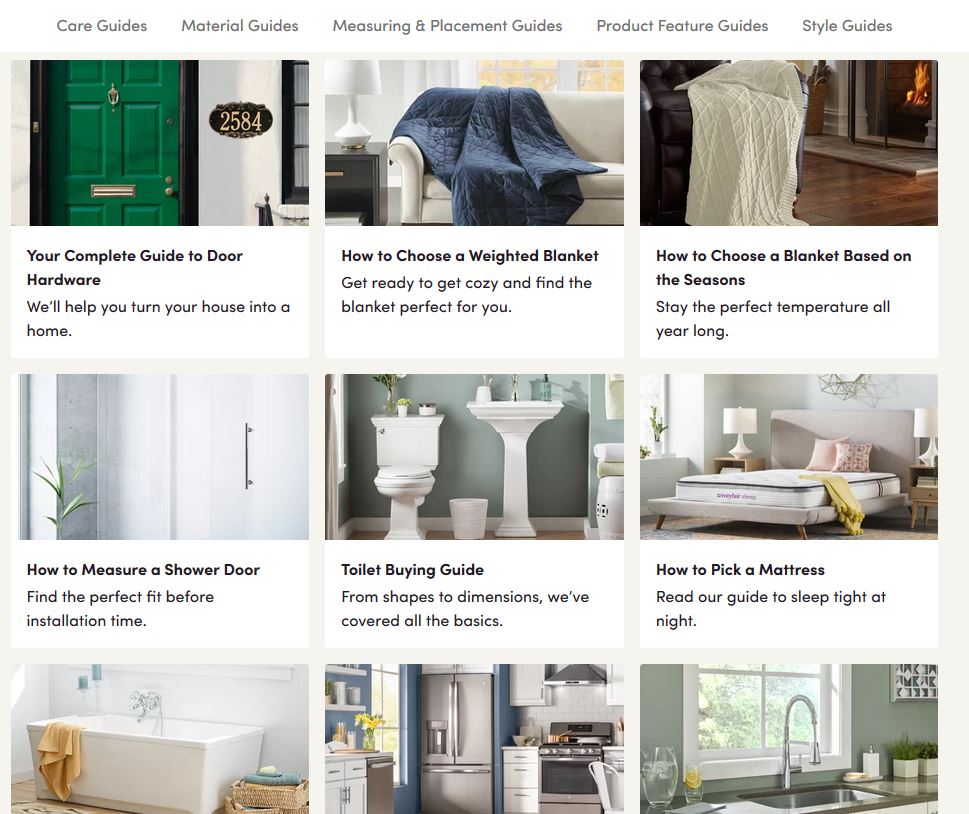
Wayfair understands the struggles of picking out the best product. And while their catalog can seem endless, the retailer does an amazing job of giving customers detailed options and scenarios where they might need help making a decision.
Additionally, Wayfair has great video content to help the do-it-yourself designers, who might need a little help knowing how to pick out the best rug for their room. Their YouTube channel frequently posts helpful video content about how to select the right furniture for your home or how to pick specific items in every room.

Furnishing a house isn’t always easy, but these guides help shoppers to make informed choices that will meet their needs. You can do the same by producing informative content for your customers.
Now that we’ve talked about some common customer needs, let’s discuss how you identify what your customers want:
How to Identify Customer Needs
Getting information from your customers shouldn’t be daunting or a troublesome task. In fact, there’s generally two ways to learn about what your customers need:
Method 1: Create a Survey
Surveys help you find out more about your customer base and your target audience. They allow you to get into people’s minds and discover the reasons why they buy from you.
If you’re looking to see how your products can meet people’s needs, you get set up something like what Birchbox has done with their Beauty Profile quiz.
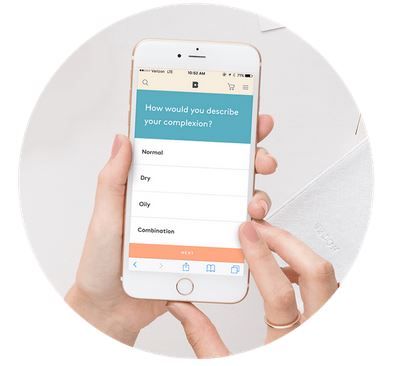
When you sign up for their service, you go through this quiz so that Birchbox can send you the products that best suit your needs.
However, a more detailed survey will also be necessary to really dive into all the needs of your customers, including needs related to customer service and information.
So, don’t shy away from setting up a customer analysis survey. This can easily be done using survey tools such as SurveyMonkey. Ask questions that help you see the attitude people have toward different aspects of your brand, such as:
- Individual products
- Customer service experiences
- Purchase or shipping
- Information
- Guarantees
For example, set a list of positive and negative adjectives and ask customers to select all that they feel apply to either your individual products or your customer service. You could also include statements about your brand and ask people whether or not they agree.

Include questions that compare your products or services to that of a competitor, and try to understand why your customers have chosen you over other similar products offered by other brands. Use surveys to understand the usage trends of customers.
For example, is there a time of the year when customers purchase a certain product more? Are customers using your products in the way you were expecting or are they using some products to accomplish other goals?
These surveys will allow you to get into the minds of your customers and see exactly what their needs are.
Method 2: Use Social Media & Review Data to Discover Sentiment
Customers and potential buyers know the power of social media and will not hesitate to use these networks to talk about your brand or retailer. That’s why it’s smart to use a social listening tool, such as Hootsuite, in order to monitor conversations and see what people really think of you.
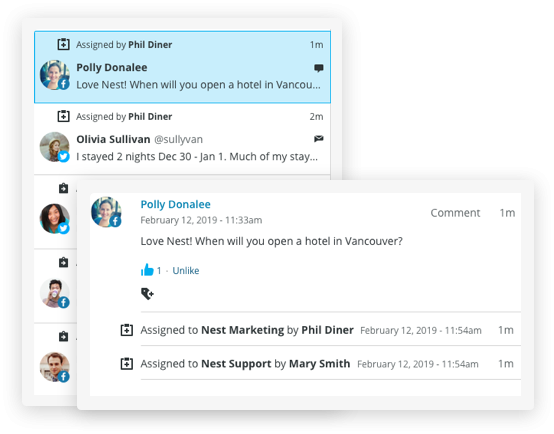
Social listening allows you to monitor online conversations about your products or brand by following certain hashtags or even searching posts by keywords. That way, even when people don’t tag you in their comments, you still see what they’re saying about you.
Collect the data. See what adjectives people use to describe your brand, and the ratio of positive to negative comments. This will help you see where your brand is doing well, but also where you need to put in some extra effort.
Additionally, analyzing your reviews is another way to gain insights into people’s attitude toward your brand. That’s why PowerReviews offers product insights through review analysis.
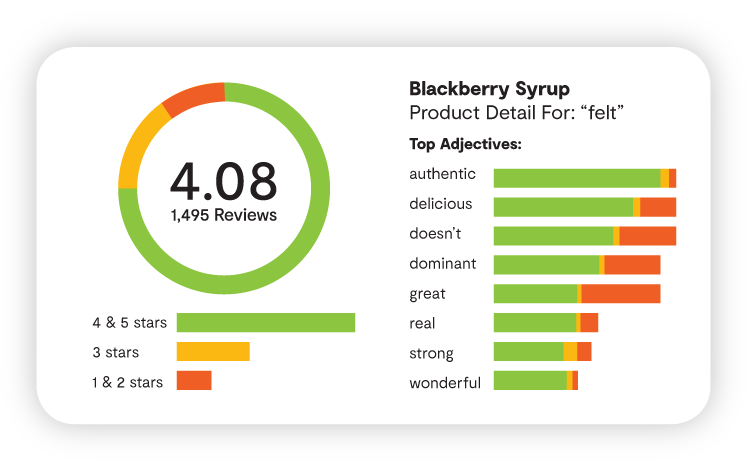
Our powerful Intelligence Engine breaks down sentiment by individual products, not your entire catalog, so you get actionable insights right away. This takes all the reviews a product has and analyzes the adjectives used to describe certain parts of the product.
You make more informed decisions based on what your customers are telling you through review content. This helps you address your customer needs more effectively and accurately.
Develop a Customer-First Culture
We’ve discussed eight common customer needs, as well as two different methods to identify them. However, your work doesn’t stop here.
Once you learn how to identify your customer needs, you need to apply those insights to your business. Your brand can only grow if you meet your customer’s needs in all areas, from the design and functionality of your products to the way you handle complaints to your guarantees and more!
When you’ve analyzed the survey results, the social chatter and review content, it’s time to put those ideas into action. It’s your job to develop a culture that is based on pleasing customers.
After all, happy customers are the key to brand success.





